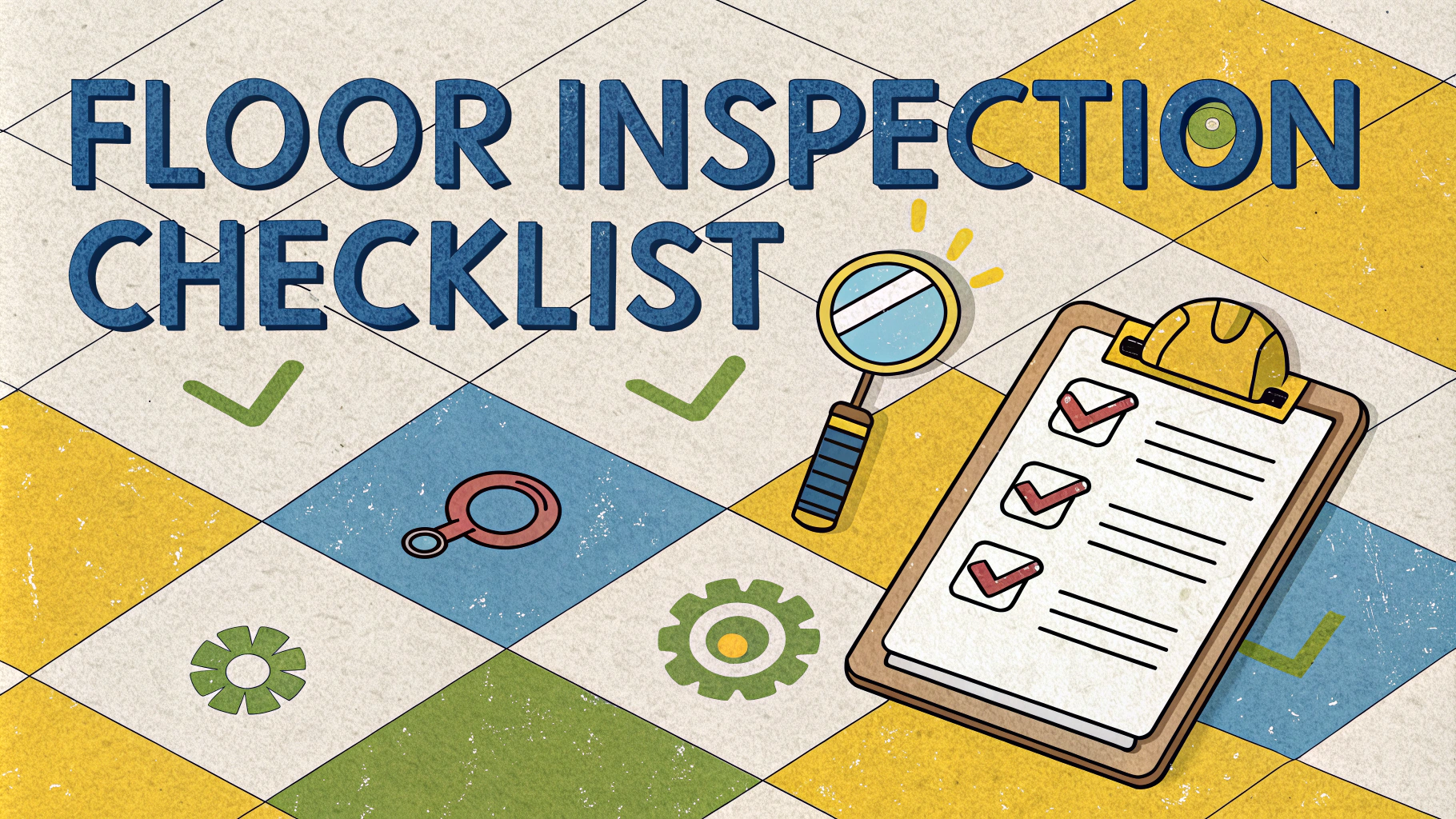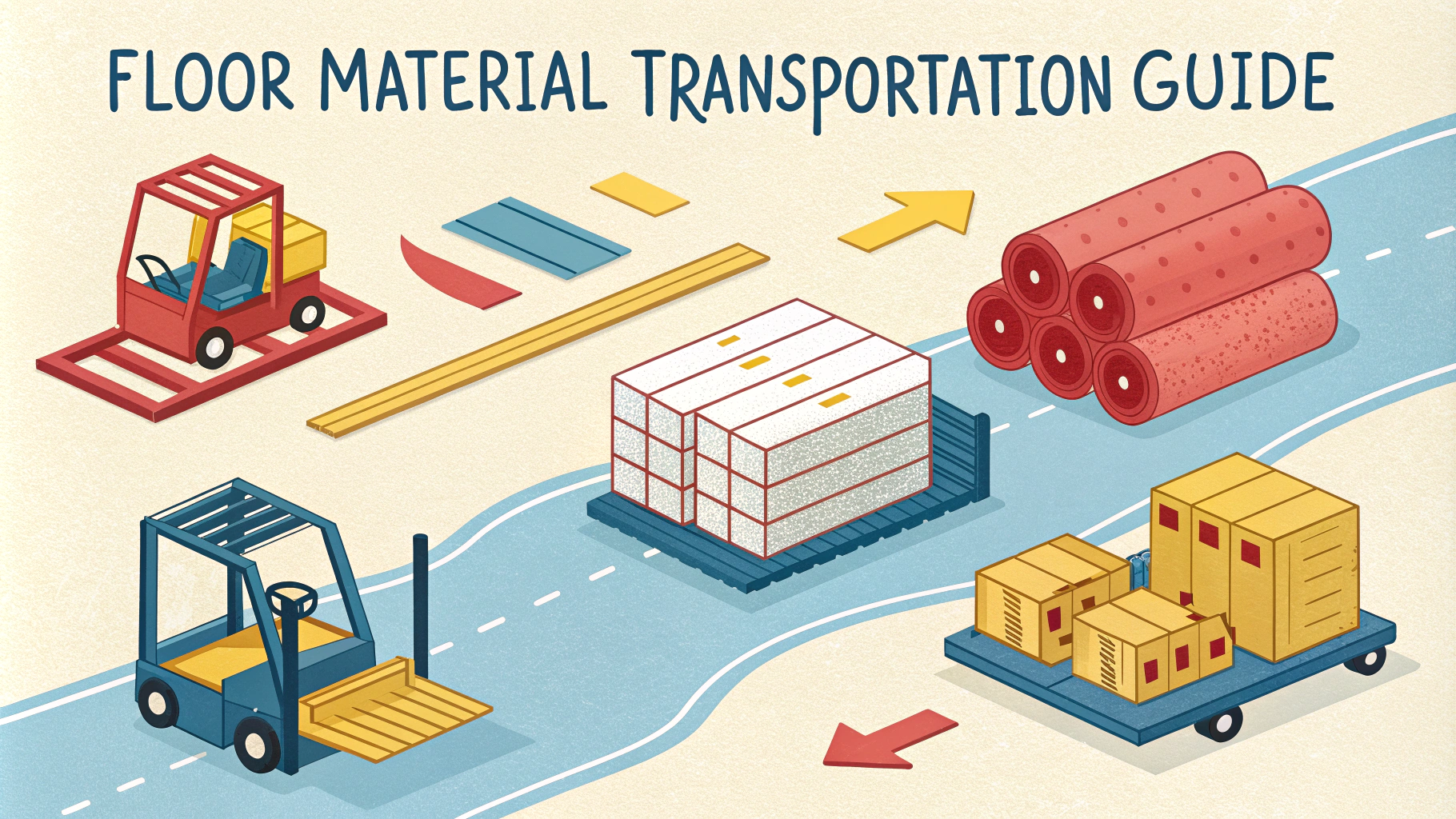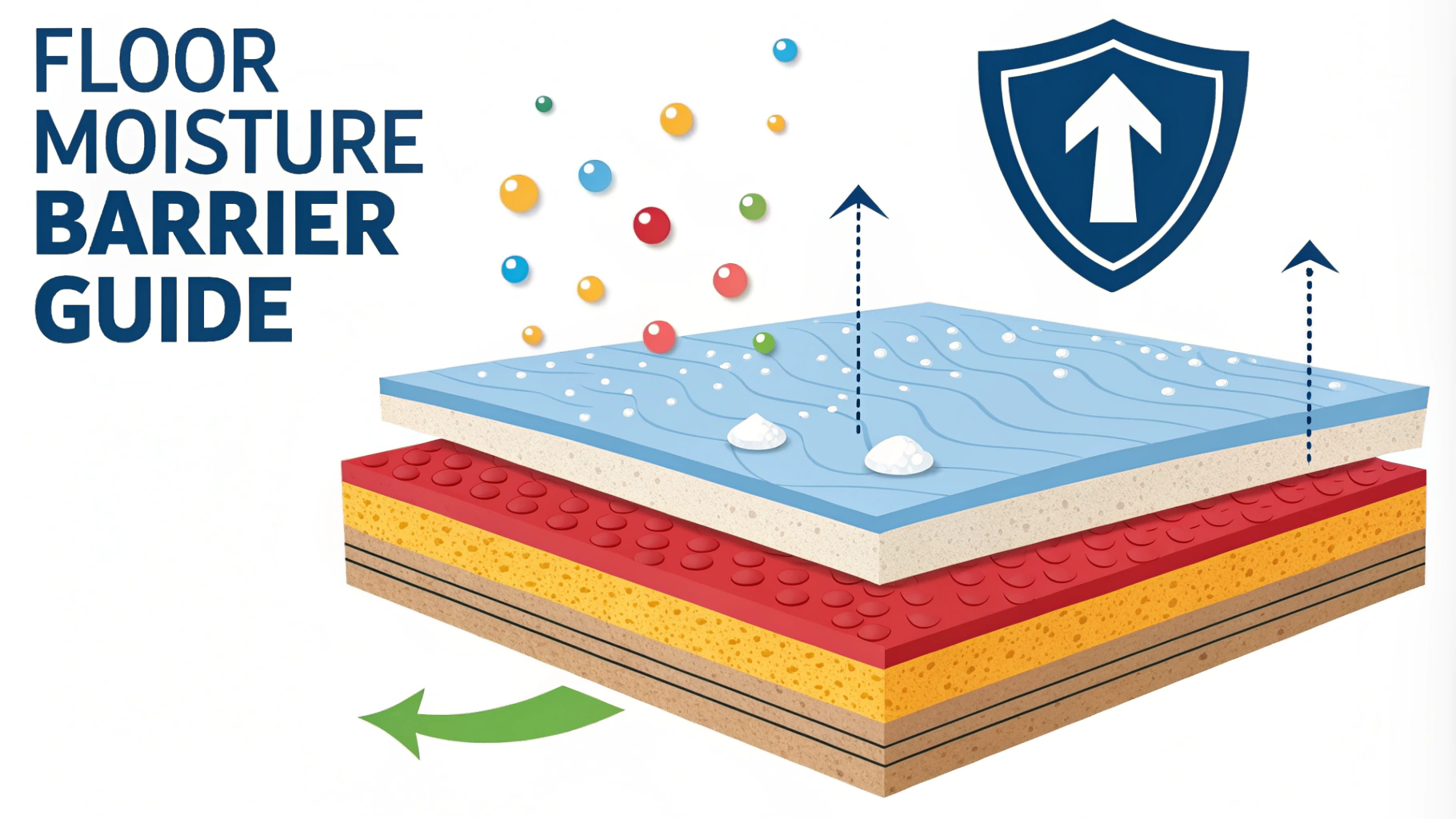Sustainable wood harvesting practices are reshaping how we source materials for hardwood flooring while protecting our forests for future generations.
The growing demand for eco-friendly building materials has pushed manufacturers and suppliers to adopt responsible forestry methods that maintain forest health and biodiversity.
This guide explores the key aspects of sustainable wood harvesting for flooring, including certification standards, best practices, and how to choose environmentally responsible products.
Understanding Sustainable Wood Harvesting
Sustainable wood harvesting involves selective cutting techniques that allow forests to naturally regenerate while maintaining wildlife habitats.
- Selective harvesting vs clear-cutting
- Forest management planning
- Wildlife habitat protection
- Soil conservation methods
- Water quality protection
Forest Certification Standards
Major certification programs ensure wood is harvested according to strict environmental guidelines.
- FSC (Forest Stewardship Council) – Highest standard for responsible forest management
- PEFC (Programme for the Endorsement of Forest Certification) – World’s largest forest certification system
- SFI (Sustainable Forestry Initiative) – North American standard for sustainable forestry
Best Practices in Sustainable Harvesting
- Rotating harvest areas to allow forest regeneration
- Using low-impact equipment and techniques
- Maintaining buffer zones near water sources
- Preserving old-growth trees
- Implementing reforestation programs
Choosing Sustainable Flooring Products
Look for these key indicators when selecting environmentally responsible flooring:
- Chain of custody documentation
- Third-party certification labels
- Local sourcing information
- Recycled or reclaimed wood options
Sustainable Wood Species for Flooring
| Species | Growth Rate | Sustainability Rating |
|---|---|---|
| Bamboo | 3-5 years | High |
| White Oak | 20-25 years | Medium-High |
| American Cherry | 20-25 years | Medium |
Environmental Impact of Wood Flooring
Sustainable wood flooring offers several environmental benefits:
- Carbon sequestration during tree growth
- Lower manufacturing energy compared to synthetic materials
- Biodegradable at end of life
- Potential for recycling and reuse
Making Sustainable Choices
Contact these organizations for more information on sustainable wood flooring:
- Forest Stewardship Council (FSC): www.fsc.org
- National Wood Flooring Association: www.nwfa.org
- Sustainable Forestry Initiative: www.sfiprogram.org
Installation and Maintenance Considerations
Proper installation and maintenance practices help maximize the sustainability benefits of wood flooring:
- Use low-VOC adhesives and finishes
- Install over sustainable subflooring materials
- Regular cleaning with eco-friendly products
- Refinishing instead of replacing when possible
Supply Chain Transparency
Understanding the journey from forest to floor helps ensure sustainable sourcing:
- Documented harvest locations
- Verified transportation methods
- Manufacturing facility certifications
- Distribution partner compliance
Economic Benefits of Sustainable Practices
- Long-term forest resource preservation
- Job creation in sustainable forestry
- Market premium for certified products
- Reduced environmental mitigation costs
- Enhanced industry reputation
Future of Sustainable Wood Flooring
Emerging trends and technologies are shaping the industry:
- Advanced forest monitoring systems
- Improved harvesting equipment
- Digital tracking and verification
- Enhanced processing efficiency
Building a Sustainable Future
By choosing sustainably harvested wood flooring, consumers and industry professionals contribute to forest conservation while meeting modern building needs. Supporting certified products and responsible practices ensures the continued availability of premium hardwood flooring for generations to come.
- Support forest conservation initiatives
- Educate others about sustainable choices
- Advocate for responsible forestry practices
- Participate in industry sustainability programs
FAQs
- What exactly is sustainable wood harvesting in flooring?
Sustainable wood harvesting involves selectively cutting trees while maintaining forest health, ensuring new trees are planted, and protecting biodiversity, specifically for flooring production. - How can I verify if my wood flooring comes from sustainably harvested sources?
Look for certifications from organizations like FSC (Forest Stewardship Council), PEFC (Programme for the Endorsement of Forest Certification), or SFI (Sustainable Forestry Initiative). - What are the environmental benefits of using sustainably harvested wood flooring?
Sustainable harvesting maintains forest ecosystems, preserves wildlife habitats, reduces carbon footprint, and ensures continuous forest regeneration for future generations. - How long does sustainably harvested wood flooring typically last?
When properly maintained, sustainably harvested wood flooring can last 40-100 years, depending on the species and usage conditions. - Which wood species are commonly used in sustainable flooring?
Common sustainable options include bamboo, oak, maple, hickory, and eucalyptus from certified managed forests. - What’s the price difference between sustainably harvested and conventional wood flooring?
Sustainably harvested wood flooring typically costs 10-25% more than conventional options due to certification processes and managed harvesting practices. - How often are trees replanted in sustainable harvesting operations?
In certified sustainable operations, replanting occurs immediately after harvesting or within one growing season, maintaining a minimum 1:1 replacement ratio. - What’s the impact of sustainable harvesting on wood quality?
Sustainable harvesting often produces higher quality wood as trees are allowed to mature properly and are harvested at optimal times, resulting in more stable and durable flooring. - How does sustainable wood harvesting affect local communities?
Sustainable harvesting operations must respect indigenous peoples’ rights, provide fair wages to workers, and contribute to local community development as part of certification requirements. - Are there different grades of sustainable wood flooring?
Yes, sustainable wood flooring comes in various grades based on appearance, including clear, select, natural, and rustic, all meeting the same environmental standards.







